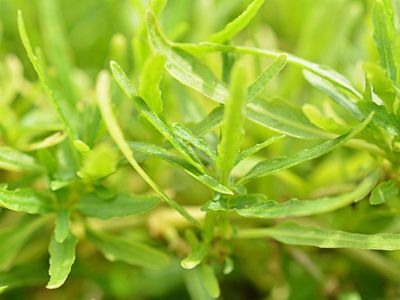Dragon’s Tongue in an Aquarium
The dragon’s tongue aquarium plant is not fully aquatic. It enjoys and thrives in high humidity. It can exist with wet roots and occasional submersion but usually does not live for an extended time underwater. It’s easily confused with red dragon’s tongue macroalgae (Halymenia dilatata) and numerous other related plants which are fully aquatic. Try to learn exactly which type you have. This dragon’s tongue plant is sometimes sold as fully aquatic, which is a mistake, and can experience the issue discussed above. Hemigraphis dragon’s tongue is better planted in a paludarium, with both water and dry land areas for plants to grow. The paludarium is a type of vivarium or terrarium that includes a place for terrestrial plants (growing on dry land) or not completely under water. A paludarium creates a semi-aquatic environment and usually provides a marsh-like habitat. You can include a wider variety of plants in this enclosure than in an aquarium too. Different, semi-aquatic plants such as Bromeliads, mosses, ferns, and many creeping and vining plants will grow there. These plants help purify the water as they use the nitrates and phosphates in it as fertilizer. Double-check that your plants are aquatic before planting them in water. Research indicates that plants are sometimes labeled as aquatic when they are only semi-aquatic.
How to Grow Dragon’s Tongue
Pair this plant with others that it may complement or use more than one in the aquarium or preferably the paludarium. You may grow a dragon’s tongue as a houseplant as well. It may bloom for you in spring or summer with small fragrant flowers. Provide filtered light to this plant and keep the soil moist. With the information above in mind, you may want to try it in the aquarium or paludarium or you may choose a different plant. Dragon’s tongue care includes fertilization with a balanced houseplant liquid prior to and during the bloom period. Don’t fertilize during dormancy, which is in late fall and winter. Propagate this plant by root division. You can divide it into several new plants this way. Using a dragon’s tongue in an aquarium may require frequent replacement. Get others ready to replant if the first one disintegrates.
